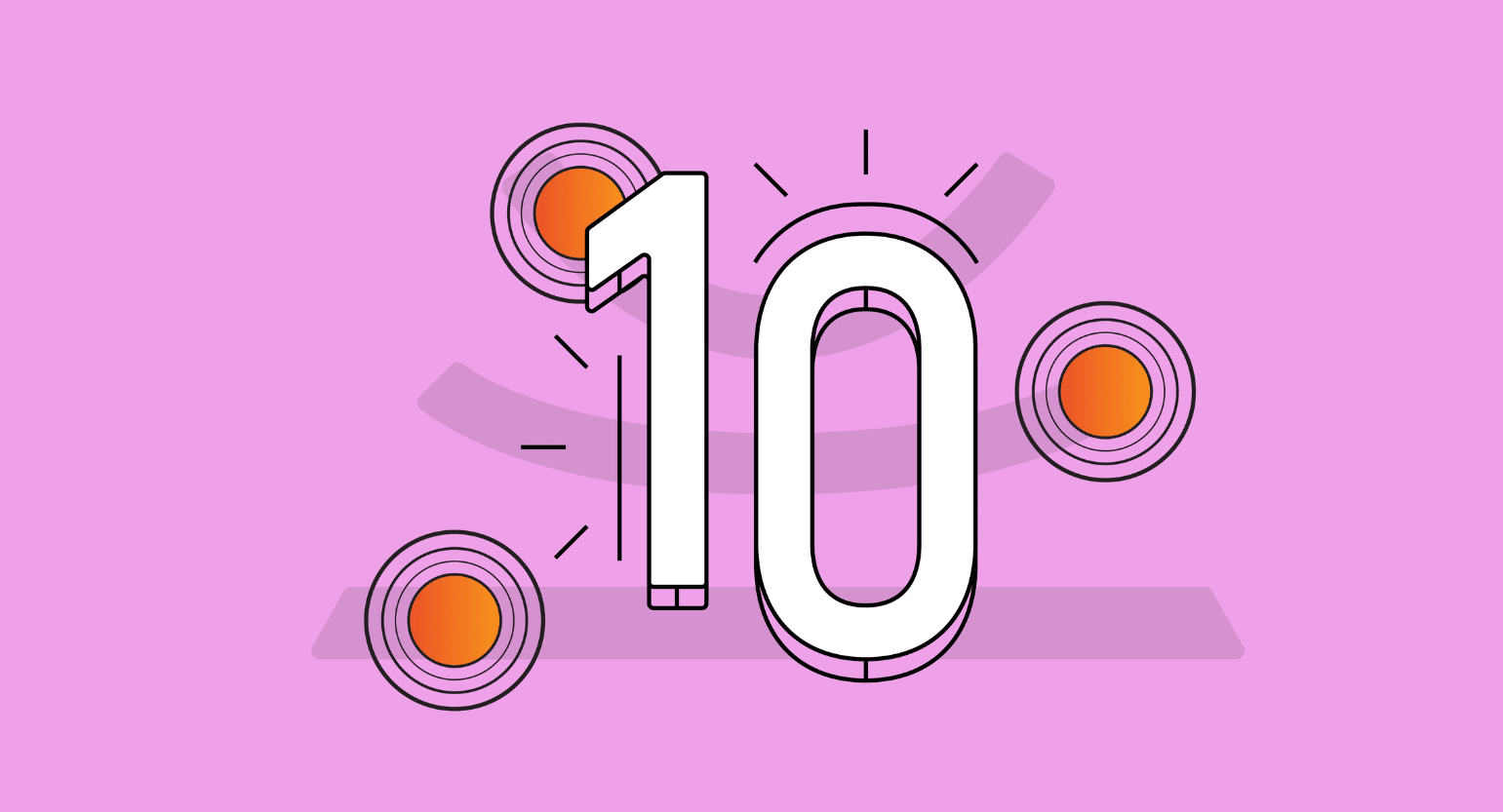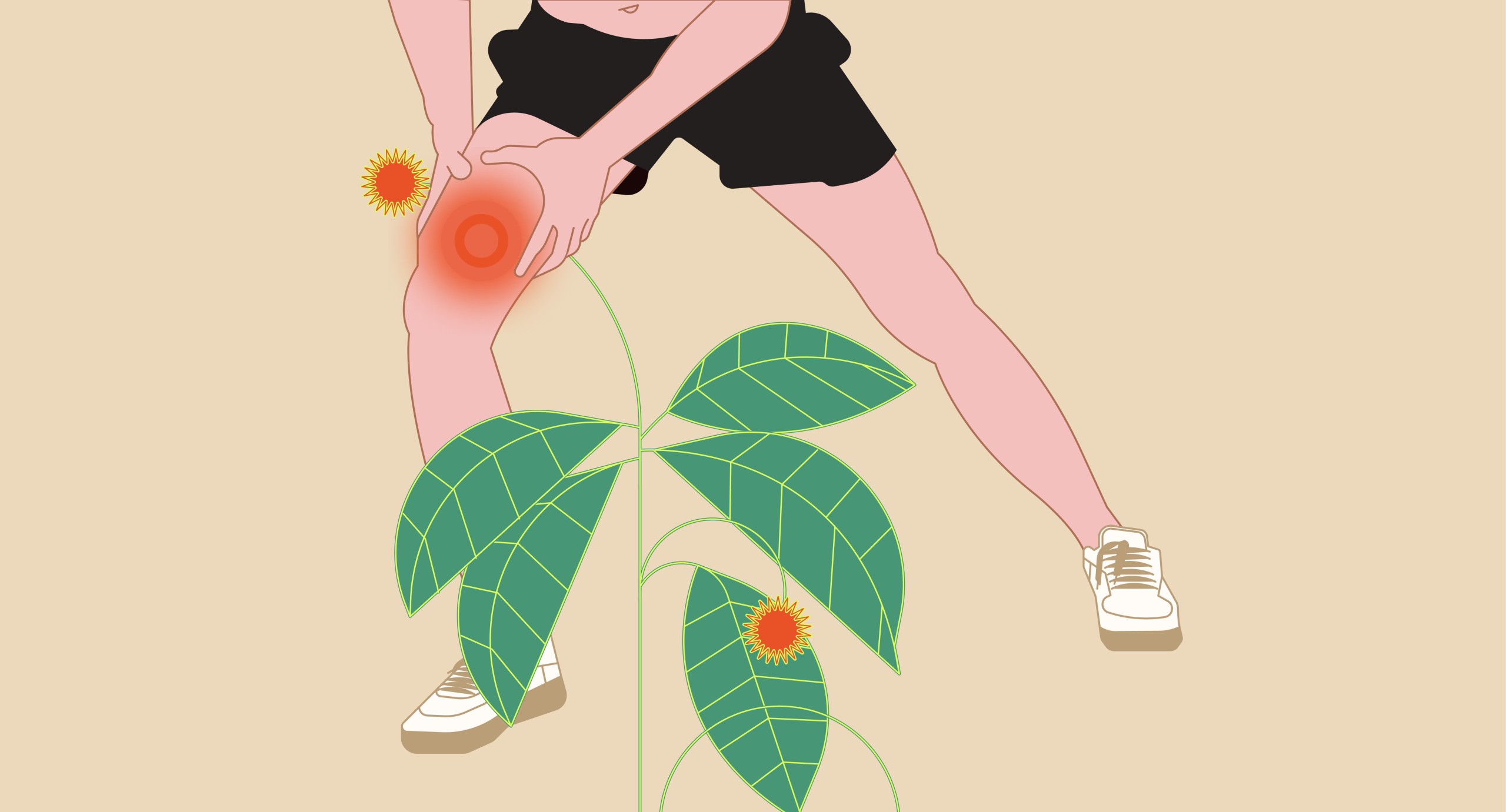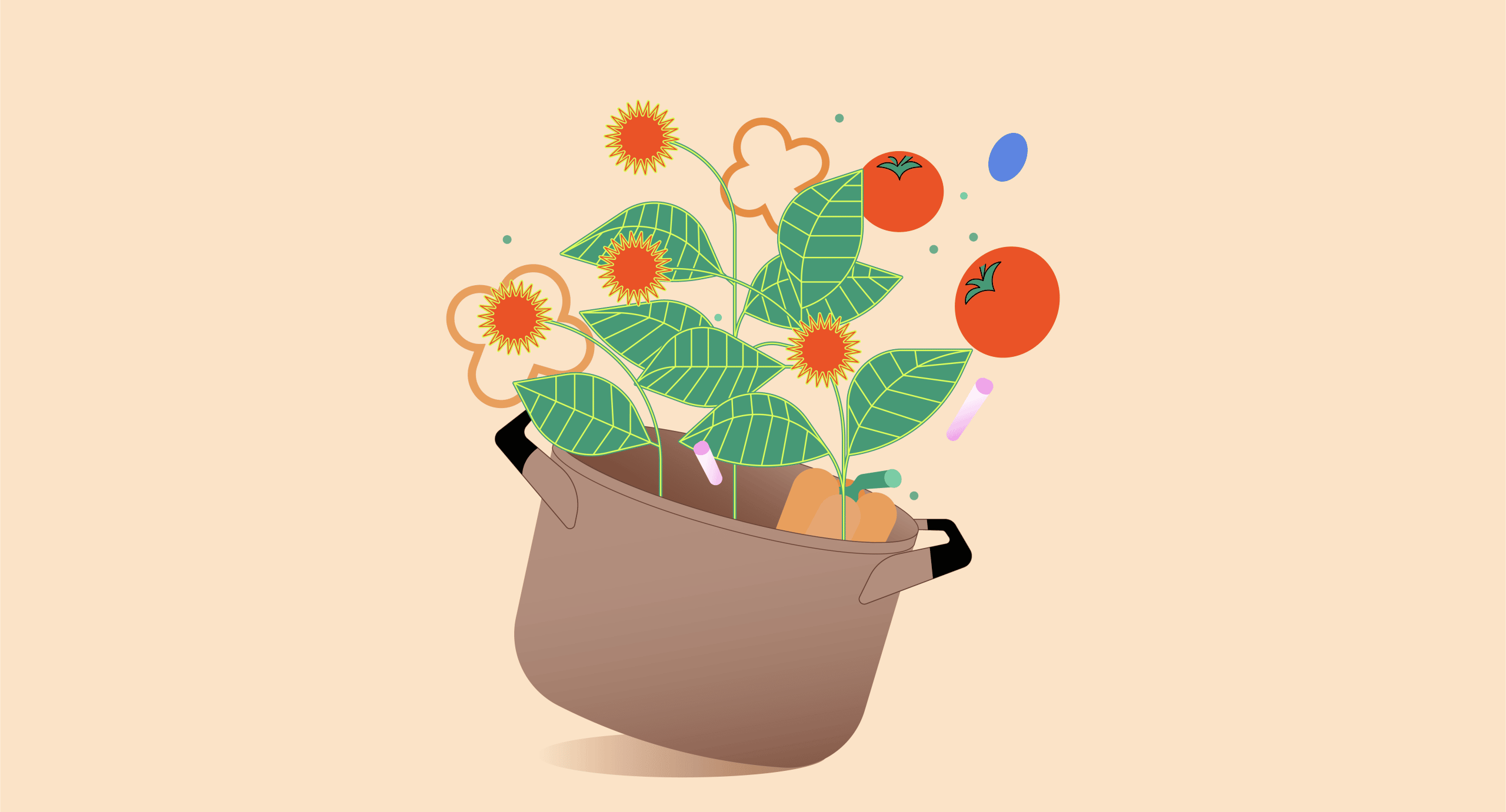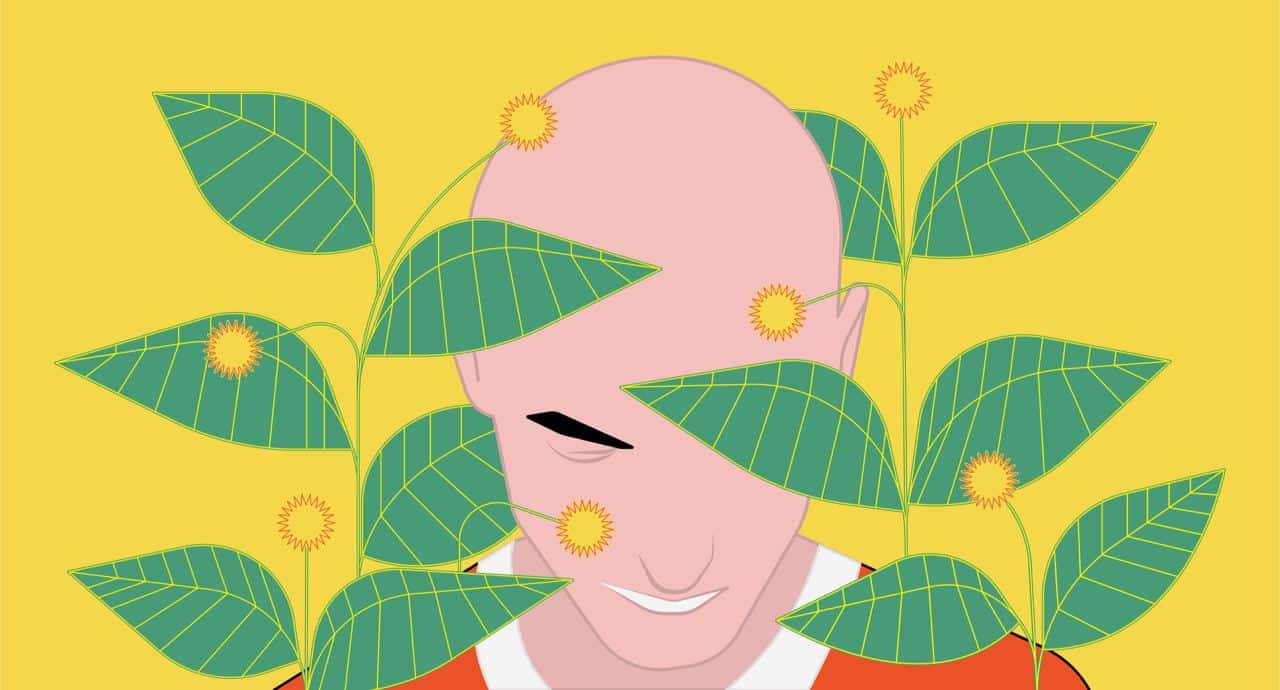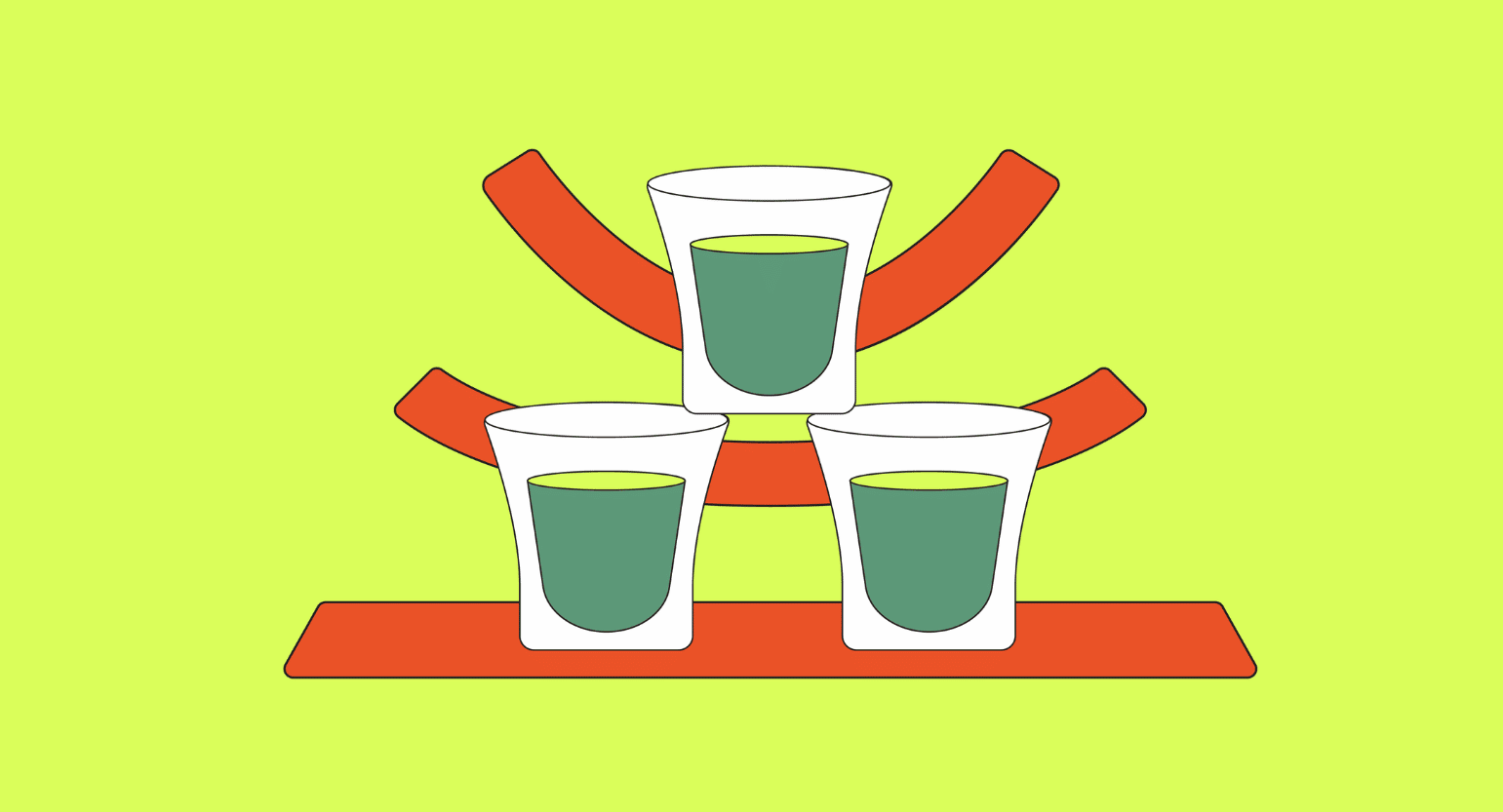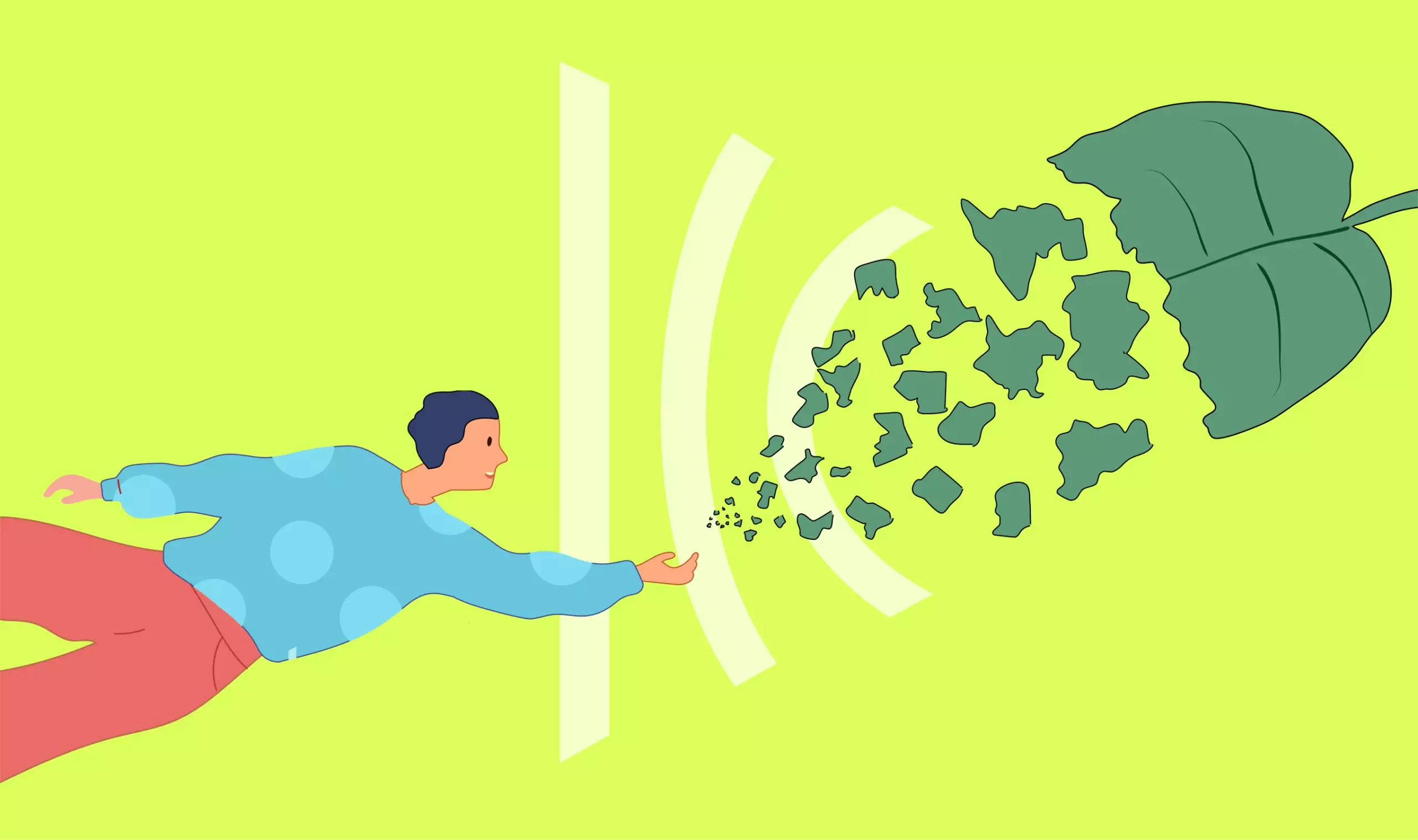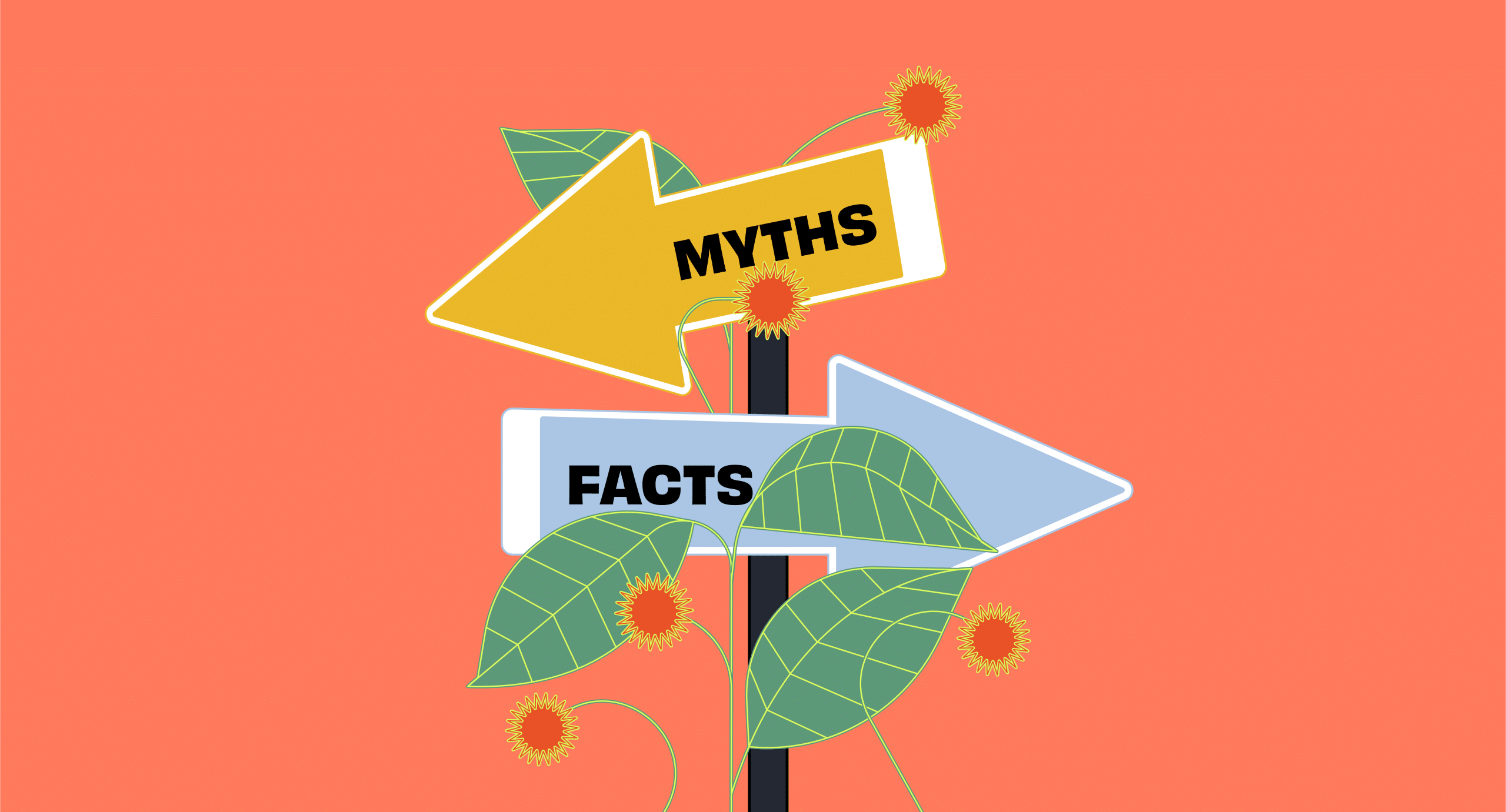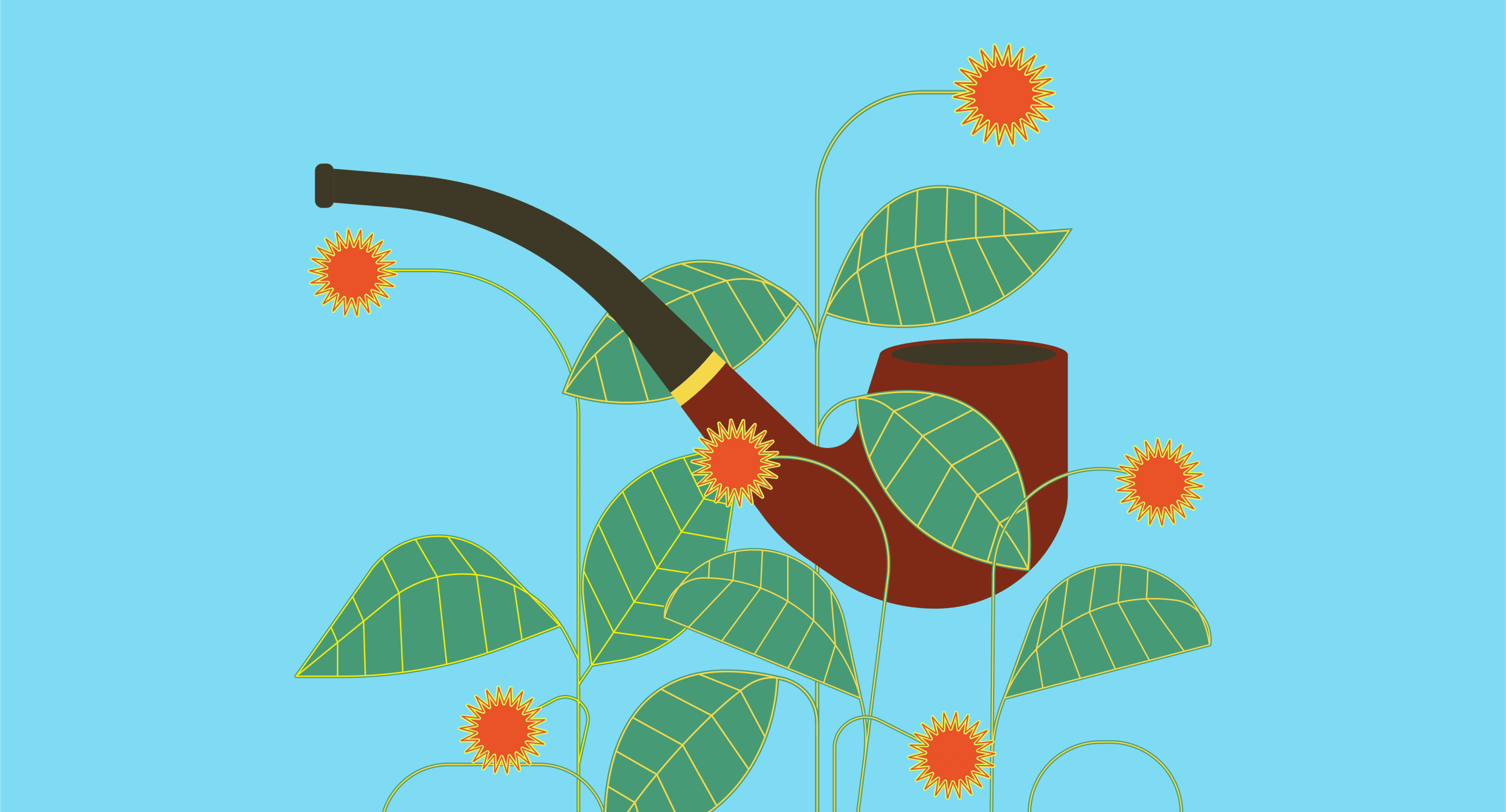Defining Pain
The International Association for the Study of Pain (IASP) defines pain as “an unpleasant sensory and emotional experience associated with actual or potential tissue damage.” In layman’s terms, it’s a feeling of unpleasantness caused by an injury or illness.
Pain arises when sensory nerves send a signal to the brain as a way to make it aware of an underlying issue. Injuries are a common cause of pain, but pain can also be a symptom of a physical or psychological condition such as cancer or depression.
Related: Pain by the Numbers — Statistics & Facts
Ten Different Types of Pain
Here is a brief overview of the ten most common forms of pain, along with information on their causes and available treatments.
While kratom is a practical, opioid-like painkiller, be mindful when taking it and avoid mixing it with conventional medications.
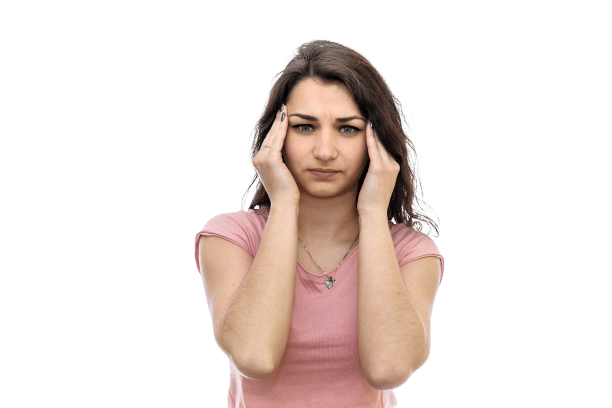
1. Headache Pain
Headaches are one of the most common types of pain and affect everyone regardless of age or location. There are over ten variants, but the most prevalent are migraine, tension, traction, and inflammatory headaches.
Treatments include pills, shots, meditation, CBT, biofeedback, massage, and acupuncture.
2. Neck Pain
Neck pain usually comes with aging — due to osteoarthritis or other diseases — but often occurs after an acute injury, such as an accident. It can also arise from sprains, bad posture, and even infection.
Once again, treatment varies depending on the cause. Exercising, changing position and posture at work or in bed, massages, and medication can reduce pain.
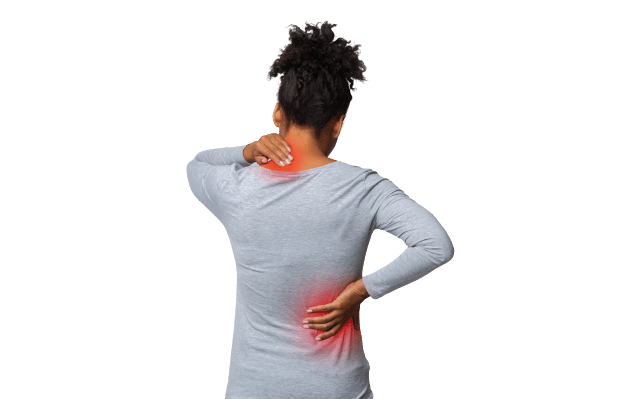
3. Muscle Pain
People frequently attempt to use their muscles in ways they shouldn’t, resulting in temporary inflammation and pain. This type of pain occurs as the result of muscular stress and injuries, but systemic pain could be due to an illness or the side effect of a medication.
The most common treatment is anti-inflammatory medications such as ibuprofen. Other treatments include acupuncture, hot baths, stretching, and muscle relaxants to ease spasms.
4. Back Pain
Back pain often arises as a short-lived but acute sensation, but in many cases, it can last for years, though less sharp. It can occur on any part of your back, often affecting several places.
The usual treatments include medication, exercise, massages, weight loss, and surgery.
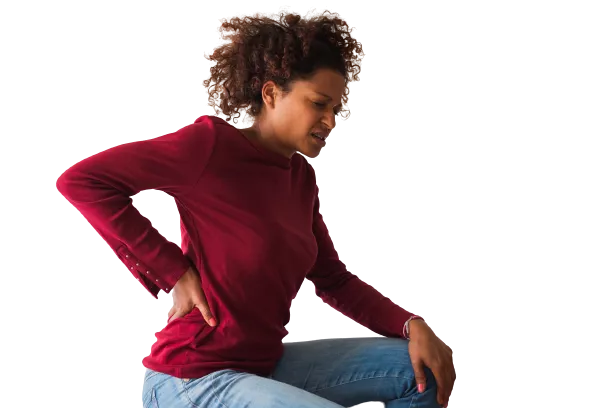
5. Fibromyalgia
Fibromyalgia is a syndrome that causes widespread pain and discomfort at different locations on the body, which most commonly affects women between 30 and 60 years old. In addition to pain, it might make a person feel tired and interfere with their everyday activities.
This condition can be challenging to treat, but professionals agree that exercise is an excellent way to reduce its influence on the body. There are several therapies like massages, chiropractic adjustments, and acupuncture, but conventional painkillers are available too.
6. Osteoarthritis
Osteoarthritis is a kind of arthritis that develops when the cartilage that protects the bones from rubbing against one another wears down. The everyday use of the joint is what often causes it, though injuries can also be to blame. Arthritic joints grow painful and stiff over time.
While there’s still no cure for this arthritis, pain relief options include prescription and over-the-counter anti-inflammatory medications. In addition, physical therapy can increase strength and mobility.
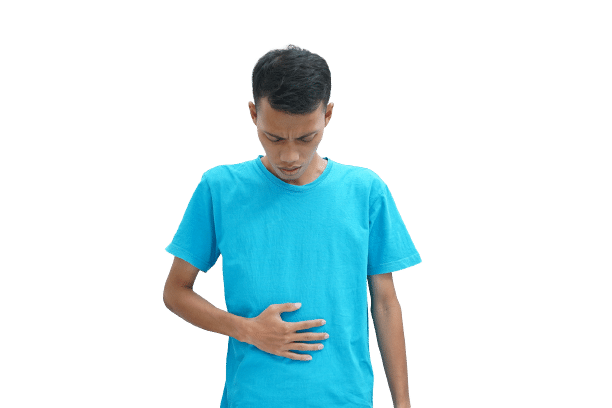
7. Abdominal Pain
Abdominal pain has many causes, but most are related to the digestive system. It can be due to indigestion, constipation, irritable bowel syndrome, viruses, and food poisoning. More severe causes are aortic aneurysm, pancreatitis, kidney stones, gallstones, appendicitis, and others.
Depending on the reason, there are many different treatments. Your doctor may ask you to avoid drinking or eating anything until the cause of the pain is known.
8. Cancer Pain
Tumor pressure on bones, nerves, or organs is the primary cause of cancer-related pain. In addition, it can come from its treatments, such as surgery. Advanced cancer is more likely to be painful, but there are ways to manage it.
The usual treatment is pain medication, but radiation and surgery can be effective in shrinking or outright removing the tumor. Furthermore, there are nerve blocks and neurosurgery.

9. Pelvic Pain
Although it is more frequent in women, it can also affect men. Menstrual cramps, endometriosis, and urinary tract infections are common causes of pelvic pain. Other potential causes include injured tissues in the pelvis, damaged muscles, and uterine fibroids.
Medication, heat therapy, or physical therapy are all possible treatments. In extreme circumstances, physicians could advise a hysterectomy.
10. Ischemic Pain
Ischemic pain arises from the blockage of the arteries located in the legs, leading to pain in the legs, feet, and toes. Risk factors for ischemic pain include diabetes, high cholesterol, cardiovascular disease, and obesity.
The usual treatments include lifestyle changes such as exercising and eating healthy meals. However, severe cases could require blood flow medications, angioplasty, or vascular surgery.

Conclusion: Explaining 10 Different Types of Pain
Pain is a feeling of physical and emotional discomfort created by our body to make us aware of an important issue. There are many types of pain, and they all differ in their causes and location.
No matter how mild or unimportant your pain seems, it is not recommended to self-medicate without consulting your doctor beforehand. Also, keep in mind that while kratom can help you deal with your discomfort, it won’t cure underlying conditions.

